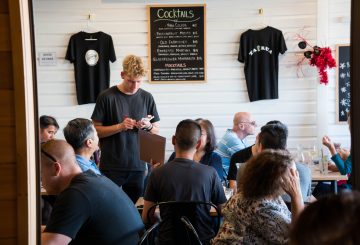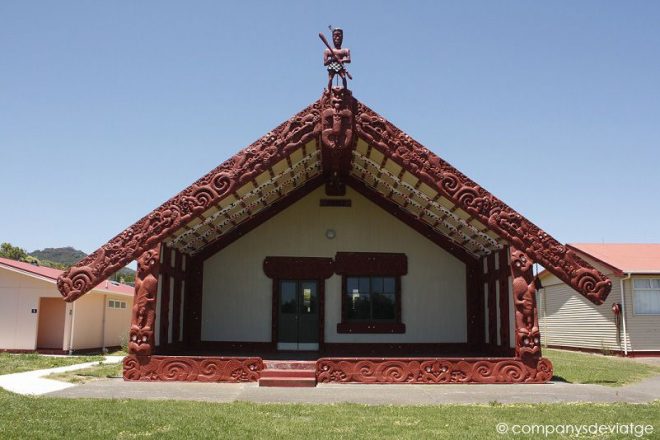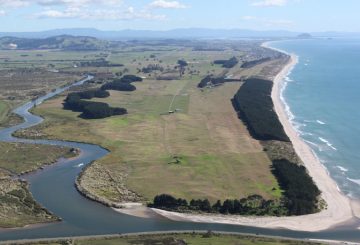Te Whanau-a-Apanui와 Aotearoa Mussel Limited는 뉴질랜드의 성장하는 양식 산업을 강화하기 위해 Eastern Bay of Plenty에 육지에 있는 홍합알 부화장을 짓기 위해 힘을 합쳤다.
Te Whanau-a-Apanui는 이 연구 개발 프로그램에 Callaghan Innovation의 지원을 받아 120만 달러를 투자할 예정이며 2020년 9월 초에 시작될 예정이다.
‘Te Rūnanga o Te Whānau’의 CEO인 Rikirangi Gage는 이 프로젝트에서 후원 역할을 맡았다. 그는 “부화장 컨셉은 뉴질랜드의 홍합 산업, 특히 Eastern Bay of Fulty 내에서 급성장하고 있는 홍합 산업과 완벽하게 들어맞는다”고 말했다.
“뉴질랜드의 거의 모든 홍합알은 Golden Bay와 Kaitaia에서 난 자연 어획이다. 이 새로운 부화장은 뉴질랜드의 두 번째 부화장이 될 것이며 홍합 산업이 사용할 수 있는 부화장의 두 배가 될 것이다.”
중앙 정부는 뉴질랜드가 지속 가능하고 혁신적인 양식업계에서 세계 선두주자가 되는 것에 대한 비전을 시사했다. 따라서 홍합 농장으로의 거대한 확장과 함께, 예측 가능하고 잘 관리되는 공급망의 필요성이 중요해진 것이다. 부화 사육은 이러한 확실성을 담보함으로써 빨리 변화하는 세계 시장에 더 잘 적응하는 홍합을 선택적으로 번식시킬 수 있게 해준다.
“이 나라의 가장 큰 오픈워터 해양 양식장과 아주 가까운 곳에 위치한 부화장의 이점, 완벽한 사육 조건, 그리고 Iwi 사업의 장기적인 비전과 가치 등이 이 틈새 시장을 메우기에 유리한 조건이다”라고 Gage는 말했다.
이 파트너십은 Cawthron 연구소와 협력하여 상업적 시식 프로그램의 기반과 Te Whanau-a-Apanui의 Rohe의 우수 센터를 제공하기 위한 세 갈래 연구 프로그램을 진행하고 있다. 이 자금 지원으로, 3년간의 연구 프로그램이 향후 몇 달 동안 파트너십의 홍합 주걱정 투자 논의를 보완할 것으로 기대된다.
“우리는 훌륭한 사이트를 가지고 있고 깨끗한 물과 주요 설비 시설을 이용할 수 있다. 이 장소는 해변으로부터 수 미터 이내에 있어 바닷물을 쉽게 얻을 수 있고 홍합은 가까운 바위 위에서 이미 자라고 있다. 우리의 비전을 현실로 실현시키기 위해 MPI, 동의자 협의회, 미래 투자자들과 긴밀히 협력할 것이다. 우리의 초점은 양식업계에서 뉴질랜드의 성장을 열어줄 iwi와 협력하여 지속 가능하고 분쟁을 잘 해결하는 데 있다. 지역 사회 내 고용과 부를 창출하고 그 분야에서 우수성을 위한 센터로 자리매김하고자 한다. 이 부화장은 아파누이족인 테와나우와 뉴질랜드 양식업자들에게는 큰 기회가 될 것”이라고 전했다.






























































